Many of us have yards with shaded areas, but I get a lot of questions asking what the plant options are beyond hostas. Don't get me wrong, I love hostas - there are so many unique varieties, and bees and hummingbirds can't get enough of the flowers. But they are prone to slug and deer damage, and it's not crazy to want a little bit of something different. Below I've come up with 40 different plants for shade - some prefer dappled sunlight, and others can take pretty dense shade.
Pest Alert: White Pine Weevil
Some garden pests and diseases show up every year without fail, like powdery mildew, grubs, and Japanese beetles. Others wax and wane during different years as weather conditions and other factors vary. White Pine Weevil is a pest that you can find here and there most years, but this year I've been seeing it a lot more than usual. Either way, this insect can do serious damage to pine and spruce trees, so it's important to spot it early.
Measuring & Changing Soil Fertility
How can you tell if your soil is providing the right nutrients for your plants? Plants can suffer all kinds of problems and even die if they aren't in fertile enough soil. Different species have different requirement, but across the board there are two critically important factors anyone can track (primary macronutrients and pH), and two other factors that need to be measured professionally, but are less likely to cause you problems (other nutrients and cation exchange capacity).
Happy Earth Day!
Tomorrow is Earth Day, and here at 317Grow we are always looking for new ways to do our job in a way that respects the environment. Our blog posts over the past few years have reflected that. Today we have collected several posts from the past that teach about how to take better care of the world around you. I hope you learn something!
25 Native Plants You Can Find at Your Garden Center
Native plants improve our lives and the environment in ways that non-native plants can't do quite as well (or at all, in some cases). Despite the fact that more people are interested, I still hear fairly often that it's not getting much easier to find native plants at local garden centers. Here I'm going to share 25 native plants that are usually pretty easy to find along with the conditions where they grow best and a few notes.
Cold Snaps and Spring Blooms
What a crazy winter we've had! With the exception of a few cold weeks, we've had an unseasonably warm winter. Most plants use temperature as an important cue in deciding when to break dormancy, so you have probably seen bulbs coming up much earlier than usual. But the risk of frost or a hard freeze is far from over. So what happens to your plants if we get a hard freeze or a frost in the next few months?
Dirt Rocks! Urban Soils and Final Notes
Now we begin our final lesson on dirt. I've had a lot of fun teaching you about the essentials of soil science, and I hope you've learned some lessons you can apply in your yard. This information is vital to the proper planning and maintenance of any landscape. If you're new to the blog and would like to catch up on earlier lessons to understand this one better, click these links to see the Intro, Physical Qualities of Soil, and Soil Chemistry and Biology. I'm willing to bet that most of you reading this blog live in an urban or suburban area, and if so you have some special challenges to deal with.
Dirt Rocks! Soil Chemistry & Biology
Today we delve into soil chemistry and biology. If you dreaded chemistry in school, fear not - there will be no chemical equations or molecular formulae or anything like that, just a few topics I think are essential for understanding your soil. The biology section will take a brief glimpse at all the life, both visible, and microscopic, in your soil, and how most of it interacts with your plants in a beneficial way.
Dirt Rocks! Physical Qualities of Soil
Are you excited to learn more about soil? I hope you are! Today we'll talk about three physical characteristics of soil: texture, structure, and color. Soil texture refers to the ratios of different sized soil particles. These particles come in three types: sand, silt, and clay. Soil texture refers to the ratios of different sized soil particles.











